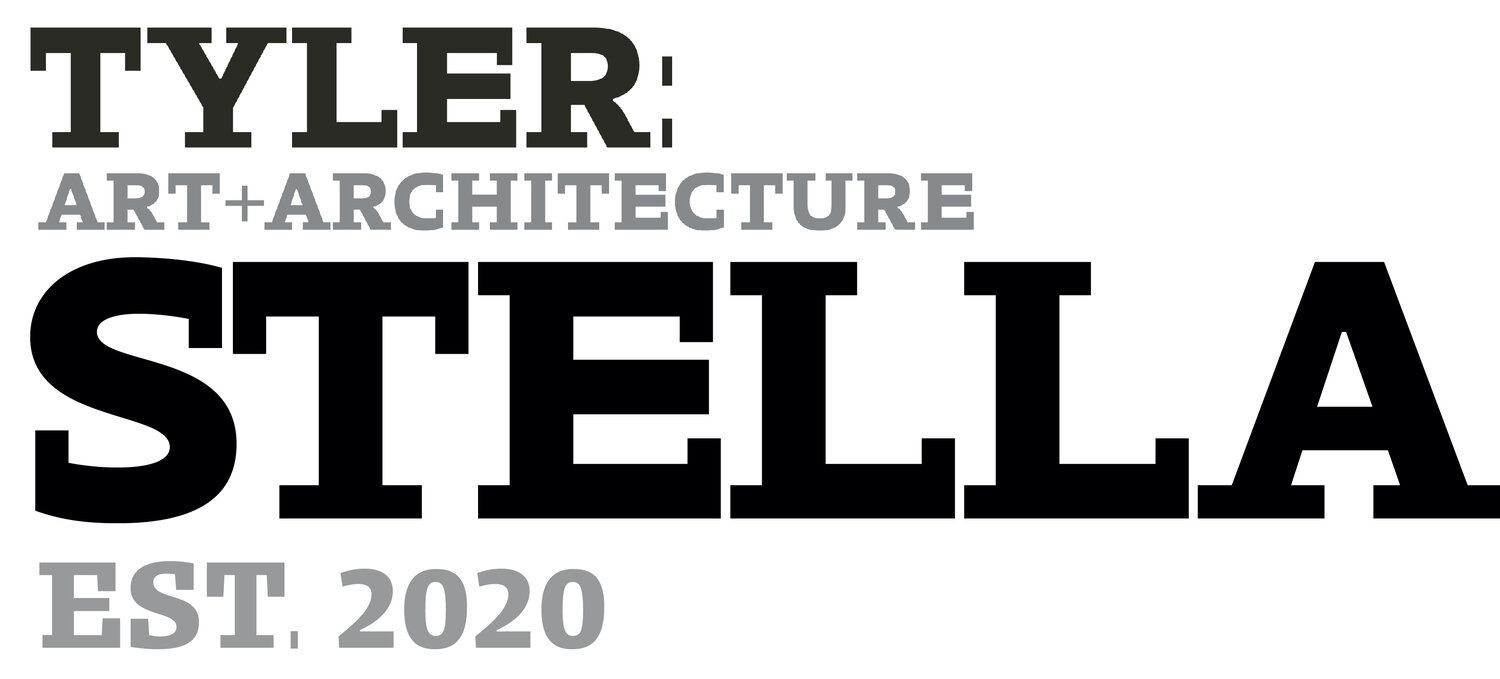Laura Roth
Imagining Destino
The animated short film Destino was conceptualized in 1945 by artistic titans Salvador Dalí and Walt Disney. The film was put on pause for a variety of reasons and remained incomplete for the rest of their lifetimes. At least 5 paintings and 70 original story sketches by Salvador Dalí laid untouched in the storage basement at the Walt Disney Animation Studios in Burbank, CA. During the establishment and development of the Walt Disney Archives in the 1970s-90s, these pieces were rediscovered by long-time employees at the Studios who were unaware that the work existed. It wasn’t until the early 2000’s that Roy E. Disney (Walt Disney’s nephew and then senior executive of the Walt Disney Company) caught wind of this potential project and decided to have it completed. He enlisted director and animator Dominique Monféry, then working at the Walt Disney Animation Studios in Paris. In 2003, the film Destino was completed, though this was much easier said than done. Working with such eccentric creatives led to issues regarding interpretation and storytelling along the way. The process of creating Destino sheds an informative light into the creative processes and friendship between two major players in animation and art history.
Walt Disney and Salvador Dalí on the beach in Spain, 1957, The Dali Museum, St. Petersburg.Though Dalí and Disney were both huge names in the art world, they existed in very separate communities. Walt was known for his advancements made in the world of animation, including the first animated film with synchronized sound and the first full length animated feature film. Disney’s goal was to elevate animation into the realm of fine art. On the other hand, Dalí was invested in the surrealist community in Spain, among the likes of André Breton and Luis Buñuel. Their work seems extremely separate at a surface level, especially considering the intended audience/maturity levels each typically produced work for.
Still from Dumbo (1941), Pink Elephant Sequence, Walt Disney Animation Studios Walt’s work typically depicts fairytale stories intended for family viewing, whereas Dali’s work tends to capture more adult topics. However, there are many ways in which the two have the potential to play off one another. Both, as discussed by curator Ted Nicolaou at the Walt Disney Family Museum, are “architects of the imagination”. Though vastly different, animation and surrealism both offer unique perspectives into the fantastic. Both act as tools to pull a viewer out of reality and into a conceptualized world. There are surrealist components in Disney’s work, such as the pink elephant sequence in Dumbo (1941).
Concept art for Destino, Oil painting, Salvador Dalí, 1946Dalí’s work tends to revolve around displaying imagery brought on by the subconscious mind, often revolving around a dream state. Most of his work includes an aspect of storytelling, as the piece may communicate an overall narrative. With this in mind, Dalí was extremely interested in filmmaking. He paid attention to international filmmakers, even referring to Walt Disney as one of the “great American surrealists”. Upon meeting, the two quickly formed a strong friendship. They are both relentless self promoters, and both motivated by the idea of being remembered as monumental figures in their respective fields.
Storyboard Sketches for Destino, Salvador Dalí and John Hench, 1946Working on Destino, there were many problems that arose revolving around the storyline and continuity. The storyboard drawings were unnumbered and not drawn in an order that aligned with the typical patterns used by animators, making the story hard to decipher. Luckily, animator John Hench, who worked alongside Dalí on the project, was able to help as much as he could (as he was in his 90s at this point). Hench’s help both in the original creation of the story and in the interpretation of Dalí’s symbolism was invaluable to the project.
Conceptual Sketch for Destino, Salvador Dalí, 1946Collaboration took a pivotal role throughout the creation of Destino. Teamwork is extremely important in the world of animation. It takes a village to come up with, sketch, draw, color, and produce an entire animated film, long or short. Destino is a rare example of two strikingly different, yet theoretically similar, “genius” artists of their time working together. It serves as bridge between the worlds of animation and surrealism, demonstrating how amazing a product of two different niches can be.
Laura Roth
(she/her)
Art History ‘22
Instagram: @lauraaroth
Laura is a senior Art History major, with a minor in Art at Temple University. She grew up in Ambler, Pennsylvania, but has been living in Philadelphia since starting at Temple in 2018. Laura loves looking at art history as a form of storytelling, focusing on how art can be used to narrate both the realistic and the fantasy, memorializing stories that may not otherwise be preserved. She loves researching “historic gossip”, looking at how historical art and literature communicates personal narratives with long term cultural significance.








